There’s powder building up in your grinder and you’re not sure what to do with it.
Throwing it out doesn’t seem right, but what do you do with the remains?
Good news – it’s not just any leftovers. It’s kief and it’s perfect for baking into your next batch of edibles.
In this guide you’ll learn everything you need to know about kief and how to incorporate it to make the tastiest, most effective edibles ever.
Table of Contents
- What Is Kief?
- Can You Make Edibles With Kief?
- Benefits of Kief Edibles
- Do You Have to Decarb Kief for Edibles?
- How to Make Edibles With Kief
- Decarb Your Kief
- Incorporate Fat or Alcohol
- Watch the Temperature
- Experiment With Recipes
- Take Notes
- How to Determine How Much Kief for Edibles to Experience the Effects
- Get Cooking With Hail Mary Jane Cannabis Products
What Is Kief?
Can You Make Edibles With Kief?
The short answer: yes, you can and yes, you should!
The trick to making edibles with kief or any type of cannabis is to prepare it for cooking first.
It’s a small extra step, but you’ll be glad you took it.
Keep reading and we’ll share exactly how to do that.
Benefits of Kief Edibles
Kief is a cannabis concentrate, so it will pack the most THC punch per gram without much of anything else to get in the way.
That means you will need to add less to achieve the same psychedelic effects. AND, you will have less of that typical herbal flavor in your tasty treat. Bonus!
Do You Have to Decarb Kief for Edibles?
As we mentioned earlier, you will need to prepare the kief for cooking. This is called decarbing or decarboxylating.
Decarbing the kief is the most important step in preparing your edibles as the heat will remove the carboxyl (COOH) acid molecule, turning THCA into THC — and unlocking the psychoactive properties.
Even if your edible recipe will be cooked, like brownies or cookies, we highly recommend that you do not skip decarbing your kief first. This is essential because the controlled heating of the kief itself will guarantee the most potent results. And no one likes to waste potential!
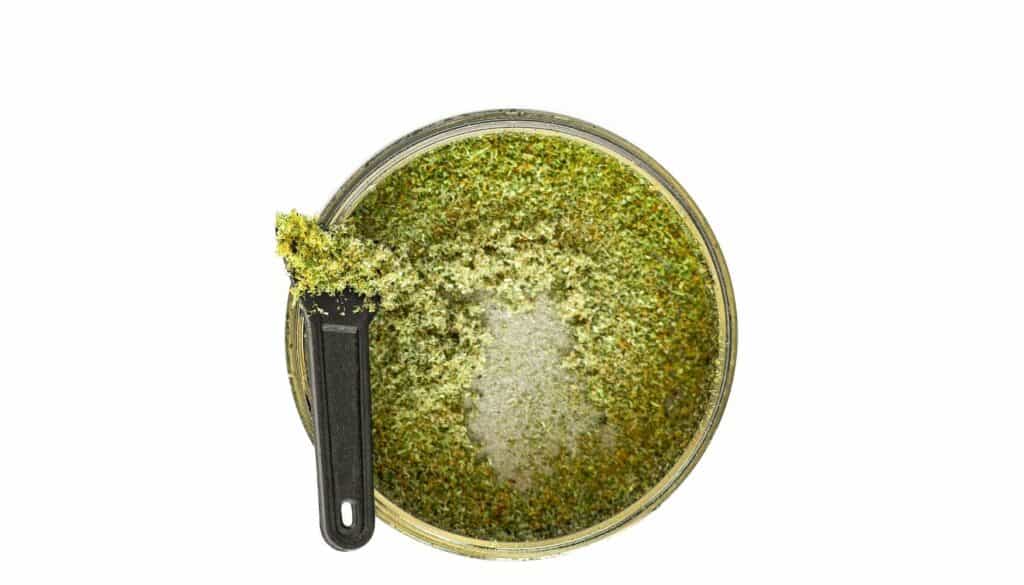
How to Make Edibles With Kief: Several Guidelines to Keep in Mind
Now that you know the basics about kief, let’s get into several guidelines to keep in mind while making your best kief edibles yet!
Decarb Your Kief
Earlier, we discussed what decarbing is, the importance of decarbing your kief, and why you want to take this extra step. Take a look below for details on exactly how to properly decarb kief.
How Do You Decarb Kief?
Decarbing kief occurs naturally any time you apply a heat element, but if you want to decarb your kief for optimal results, we found the best way to do it is in the oven. If you don’t have an oven you can still decarb the kief in a microwave, though it’s proven to be slightly more challenging.
There are differing opinions among edible experts on decarboxylation methods for cannabinoids. However scientific studies consistently point to the exponential correlation between heat concentration and time.
Decarbing kief for edibles by smoking or vaporizing it is considered among the least ideal methods because the terpenes and cannabinoids will decarb as you draw in, ingesting the THC directly.
The intense, unregulated direct heat will burn the rest, leaving little left for your cooking. Despite the heat in vaporization being more regulated, it is still largely considered to be an inefficient means to decarb for edibles.
According to one study measuring the optimal method to achieve nearly 100% decarboxylation of kief, it should be “baked” in the oven at 240°F (115°C) for one hour.
Let’s break down the findings into three easy steps to decarb kief in the oven:
- Preheat your oven to a temperature of 240°F (115°C). It’s important to know the exact temperature inside your oven. If the actual temperature is 10-15 degrees more, you run the risk of destroying some of the essential compounds.
A word to the wise – double check your temperature with an oven thermometer. - Loosen any clumps with a fork and spread your kief over parchment paper on a baking sheet.
- After 60 minutes, your kief should be fully decarboxylated. The color should look a light to medium shade of brown. The texture may vary between a dry powder to a sticky, gummy-like consistency. Remove from the oven and let it cool.
How Do You Decarb Kief in the Microwave?
Don’t have an oven or the patience to wait one hour?
You can decarb kief in the microwave!
Again, you want to loosen any clumps of kief with a fork. Spread it evenly in a microwave-safe dish. Microwave for 90 seconds, then take it out and smell it.
It should smell strong, but not burnt. Check for color and texture the same as in the oven — light to medium brown color, powder to a gummy consistency. Microwave for another 60-90 seconds if needed.
Since microwave strengths vary between models and exact inside temperature is difficult to regulate, you may want to use a lower power setting and add additional time, checking every 60-90 seconds.
Remember, the point here is to avoid burning.
How Long Do You Decarboxylate Kief?
It’s imperative to understand that THC will not decarb immediately once it reaches the precise decarb temperature.
As with all other good things, it takes time.
Typically 40-60 minutes is enough time for your THC to activate.
If your natural kief is more of a sticky, moist texture, that moisture can mean that it will take longer to decarb. That’s because the water will need to evaporate before the alcohol element can.
If the kief is wet, from fresh cannabis, or from a higher CBD strain, you may need to add an additional 30 minutes to your decarboxylation time.
Incorporate Fat or Alcohol
To get the most effect out of your edibles, it’s best to add your decarbed kief to a fat or an alcohol.
To let you in on a secret — THC binds to fat, which helps it metabolize faster.
The easiest way to store and incorporate your decarbed kief is to add it into butter, margarine, or oil.
You can also store your kief in an air-tight container and mix it directly into your recipe, as long as the recipe itself calls for a fat or alcohol element.
Watch the Temperature
As we mentioned earlier, the correlation between time and temperature is key to making good edibles.
You want to heat the kief to the point of highest decarboxylation without burning it and ruining the THC. On the other hand, if you don’t apply enough heat, you won’t activate it.
To achieve this balance, the idea is to keep the temperature low.
High temperatures will burn the cannabinoids and terpenes too quickly and ruin the effectiveness. It’s advised to keep your temperature between 200°F-300°F (93°C-148°C) to preserve that precious THC.
We should also point out that boiling temperatures are much different than decarboxylation temperatures. So don’t confuse the two. THC evaporates at 392°F (200°C).
When you bake your edible in the oven, take care to ensure you are not boiling your compound to the point of evaporation, resulting in an offensive smell and equally dreadful flavor.
Experiment With Recipes
Now that you’ve decarbed and stored your kief, it’s time to start experimenting with recipes!
You can turn any recipe into an edible experience with your decarbed kief.
Don’t get locked into the thinking that only sweet treats can be converted into edibles. You can try anything from mini frittatas to tea!
Try a few of our favorite eatables in our Guide to DIY Edibles.
The sky’s the limit!
Take Notes
As a good cooking rule in general, it’s important when experimenting with recipes to take notes so you know how to re-create that perfect goodie.
- Write down precisely what you did step by step
- Measure your portions
- Weigh how much kief you used
- Note how you felt afterward to adjust your method for future use
Soon you’ll have an arsenal of perfectly crafted recipes to turn to whenever the desire strikes!
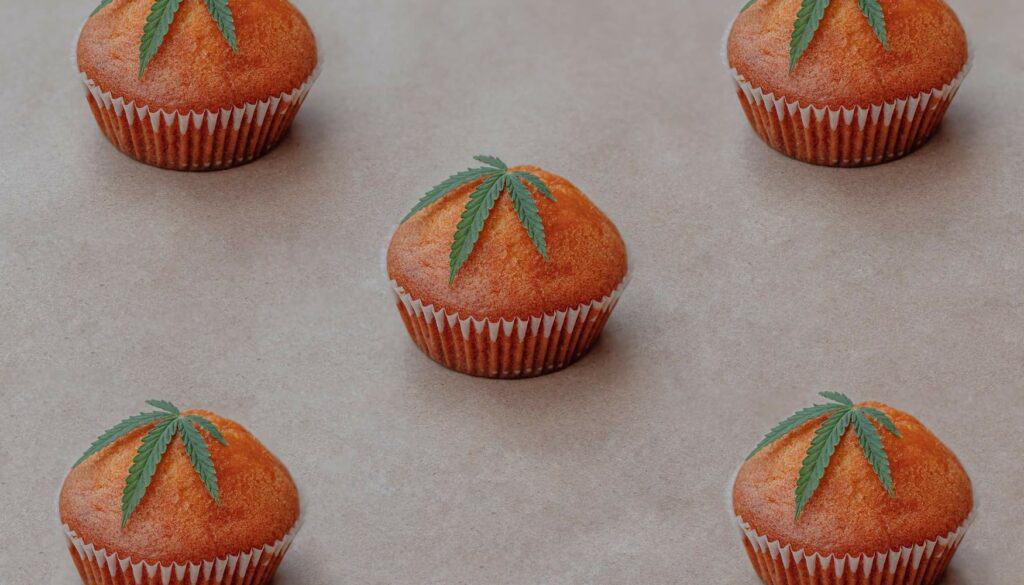
How to Determine How Much Kief for Edibles to Experience the Effects
The amount of kief to use for your desired edible effect will vary widely from person to person, depending on their individual tolerance and when they consume the edible. Nonetheless, it is still essential to know exactly how much THC is in your delectable delight.
Remember, kief is concentrated and will be much stronger than cooking with cannabis flower.
Kief generally contains 35-45% THC.
Check the THC percentage of the strain you used for kief to determine if your kief will be on the higher or lower end of that range.
With your THC percentage in hand, you can now calculate the milligrams (mg) of THC per gram of kief by moving the decimal point of your THC percentage one place to the right.
For example:
- If your kief contains 40% THC
- Move your decimal point one place to the right 40.0 = 400
- You would have 400mg of THC per gram of kief
Be sure to portion your edibles equally or all of that lovely math will be for nothing!
To avoid a bad edible experience, you will want to start with a low dosage and wait at least 90 minutes to see how you feel. Then you can indulge in another delight if desired. But remember to take note and adjust your recipe for next time.
Get Cooking With Hail Mary Jane Cannabis Products
Looking for the right product to help you take your next flavorful fodder to all new highs?
Hail Mary Jane has got you covered.
At Hail Mary Jane, we started as a small group of budding cannabis enthusiasts looking for the best possible products to bring directly to you. Since 2008, we’ve cultivated a community of blooming experts that have tested and reviewed thousands of cannabis products to bring you only the tried and true.
Search through our extensive product catalog by category or navigate our variety of blog topics to become an expert yourself. Either way, Hail Mary Jane is here to help!
For kief, other concentrates and strains to harvest kief from, our friends at this Longmont Dispensary can help you out!

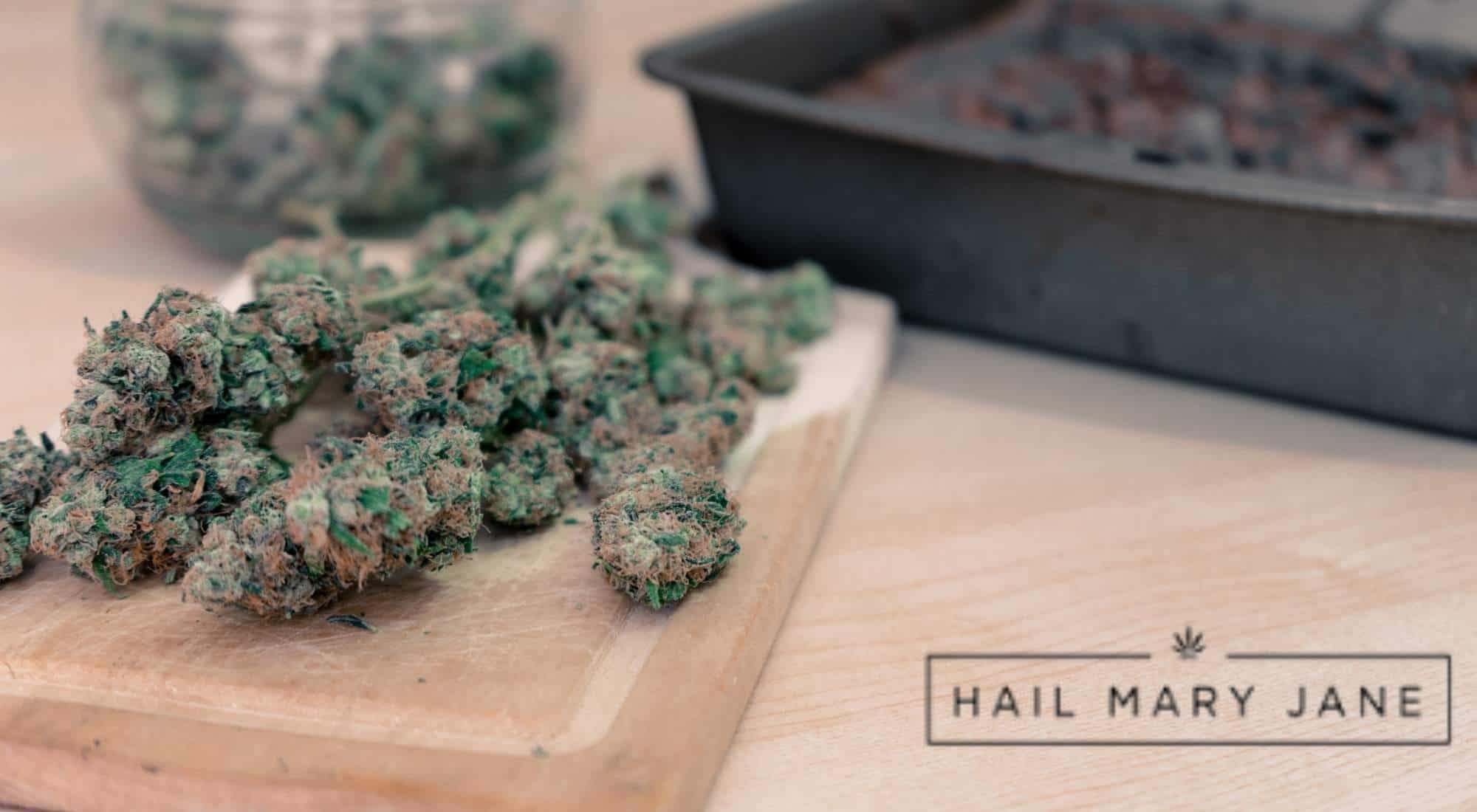
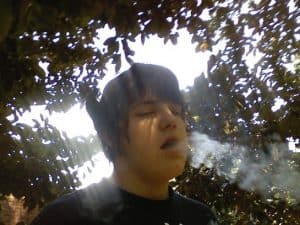
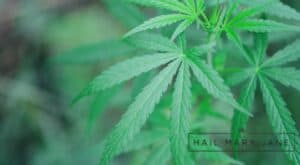

get
get your THC ,CBD, and vape juice sevenleaves7l@gmail.com